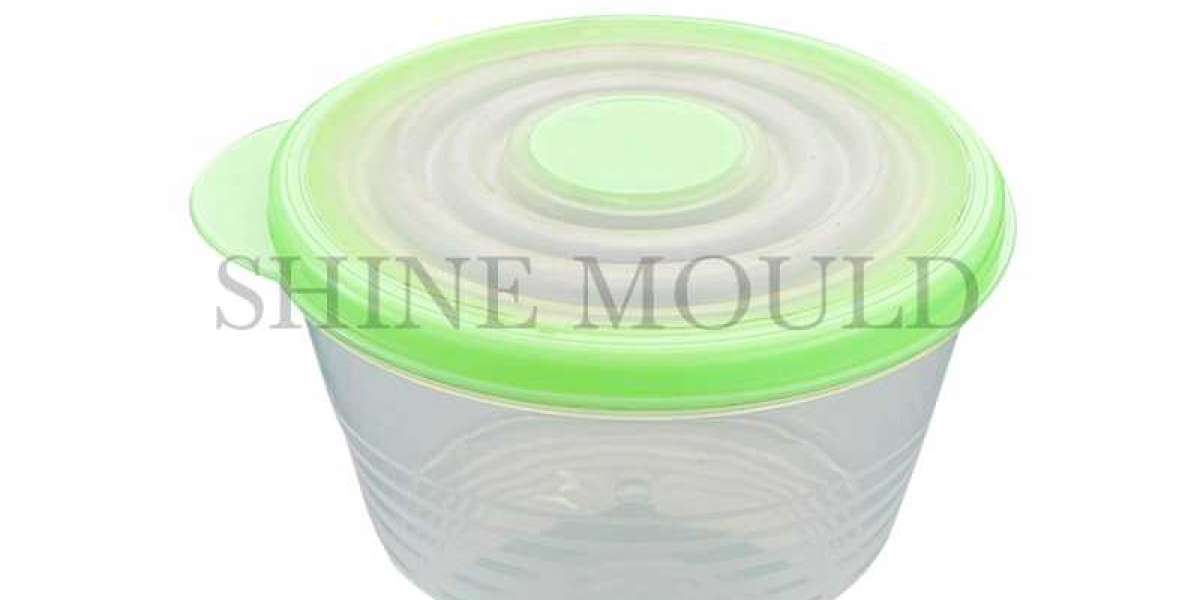Bi-Color Mould polishing has two main purposes: one is to increase the brightness and aesthetics of the mold; the other is to make the mold easy to demold. During the processing of Bi-Color Mould, our commonly used mold polishing methods are as follows.
1. Bi-Color Mould mechanical polishing
Mechanical polishing is a polishing method that relies on the cutting and plastic deformation of the material surface to remove the polished protruding parts to obtain a smooth surface. Whetstone sticks, wool wheels, sandpaper, etc. are generally used, and manual operation is the main method. Special parts such as the surface of the rotating body can use auxiliary tools such as turntables, and ultra-precision polishing methods can be used for high surface quality requirements. Ultra-precision polishing uses a special abrasive tool to rotate at high speed on the surface of the workpiece in a polishing liquid containing abrasives. The surface roughness of Ra0.008μm can be achieved by using this technology, which is the highest among various polishing methods. Optical lens two-color molds often use this method.
2. Bi-Color Mould magnetic grinding and polishing
Magnetic abrasive polishing is the use of magnetic abrasives to form a brush under the action of a magnetic field to grind the workpiece. This method has high processing efficiency, good quality, easy control of processing conditions, and good working conditions. Using suitable abrasives, the surface roughness can reach Ra0.1μm.
3. Ultrasonic polishing of Bi-Color Mould
The workpiece is placed in an abrasive suspension and combined together in an ultrasonic field, and the surface of the workpiece is polished and polished by the abrasive vibration of the ultrasonic wave. Ultrasonic machining has a small macroscopic force and will not cause workpiece deformation, but it is difficult to manufacture and install tooling. Ultrasonic treatment can be combined with chemical or electrochemical methods. On the basis of solution corrosion and electrolysis, ultrasonic vibration is applied to stir the solution to separate the dissolved products on the surface of the workpiece, so that the corrosion or electrolyte near the surface is uniform; the cavitation effect of ultrasonic in the liquid can also inhibit the corrosion process and promote the surface brightness.
4. Bi-Color Mould chemical polishing
Chemical polishing is to make the surface microscopic convex parts of the material in the chemical medium dissolve preferentially than the concave parts, so as to obtain a smooth surface. The main advantage of this method is that it does not require complicated equipment, can polish workpieces with complex shapes, and can polish multiple workpieces at the same time, with high efficiency. The core problem of chemical polishing is the preparation of polishing liquid. The surface roughness obtained by chemical polishing is generally several tens of microns.
5. Bi-Color Mould electrolytic polishing
Electrolytic polishing is basically the same as chemical polishing, that is, by selectively dissolving tiny protrusions on the surface of the material to make the surface smooth. Compared with chemical polishing, it can eliminate the influence of cathode reactions, and the effect is better.
The electrochemical polishing process is divided into two steps: (1) Macroscopic leveling. The dissolved product diffuses into the electrolyte, the geometric roughness of the material surface is reduced, Ra1μm. (2) Low illumination. Anode polarization, improve surface brightness, Ra1μm.
6. Bi-Color Mould polishing
Fluid polishing relies on high-speed flowing liquid and the abrasive particles carried to wash the surface of the workpiece to achieve the purpose of polishing. Commonly used methods are abrasive jet processing, liquid jet processing, hydrodynamic grinding, and so on.
Hydrodynamic grinding is driven by hydraulic pressure to make the liquid medium carrying abrasive particles flow back and forth on the surface of the workpiece at high speed. The medium is mainly made of a special compound (polymer-like substance) mixed abrasive with good fluidity under lower pressure. The abrasive can be made of silicon carbide powder.
Package Mould is also our product, welcome to consult and purchase.













